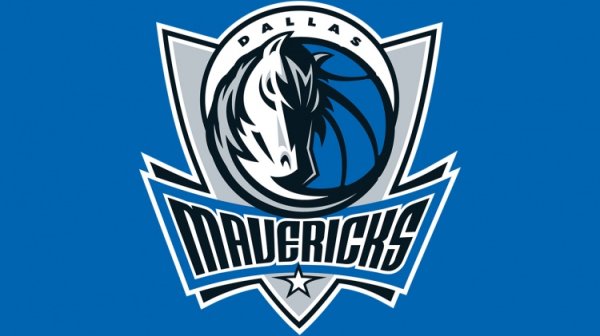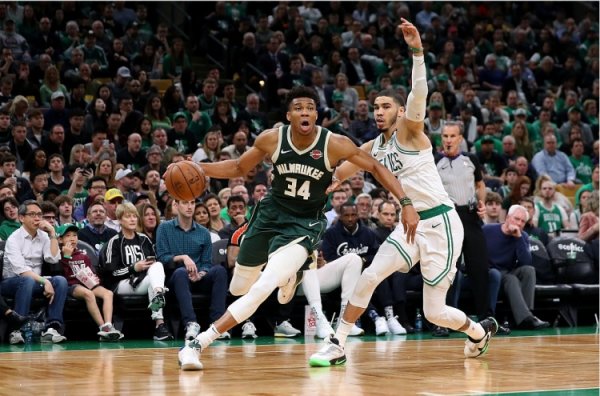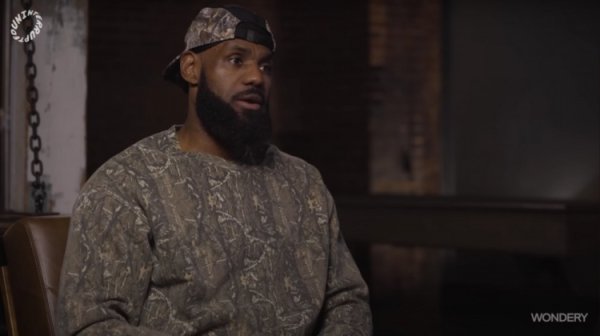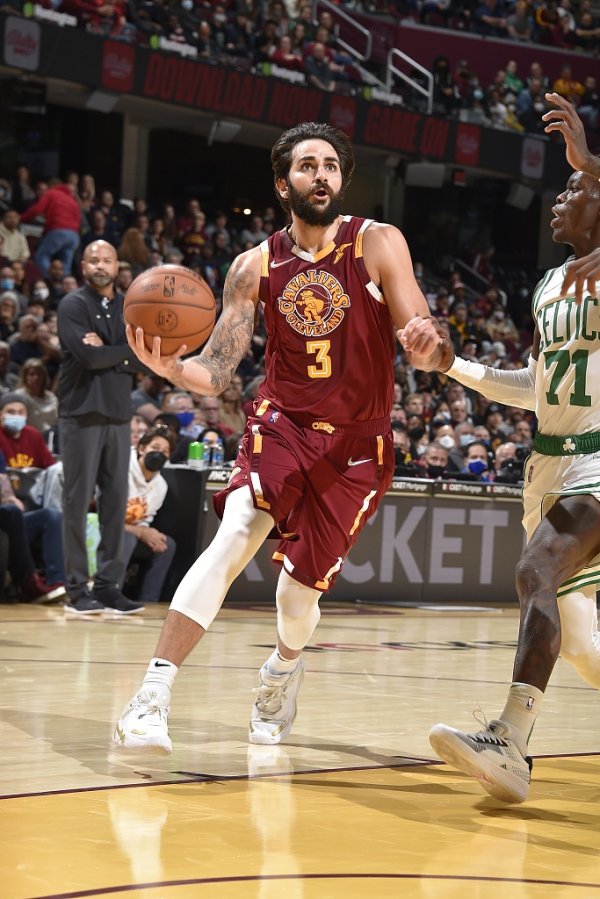🤧官网: Can the Celtics mortgage Tatum to the Bucks and rent letters for a year?

Translator's note: This article was originally published from RealGM, and the author is Christopher Reina. The data in the article are as of the original article as of May 22, local time. The views in the article have nothing to do with the translator and the platform.
When a superstar like Giannis Antetokounmpo approaches the end of the possible championship window with his parent team, the traditional operational path often requires a complete break - he will be traded in exchange for a large amount of assets, and the two sides will permanently part ways. Be grateful for the championship you have won and the memories you have left behind, and then say goodbye. The next time we meet may be in the game where he returns to the old master, accompanied by the tribute video, or at the retirement ceremony of his jersey. But what if there is another possibility? What if this player can win the championship in other teams and his parent team rebuilds the lineup in a hurry, waiting for his return?
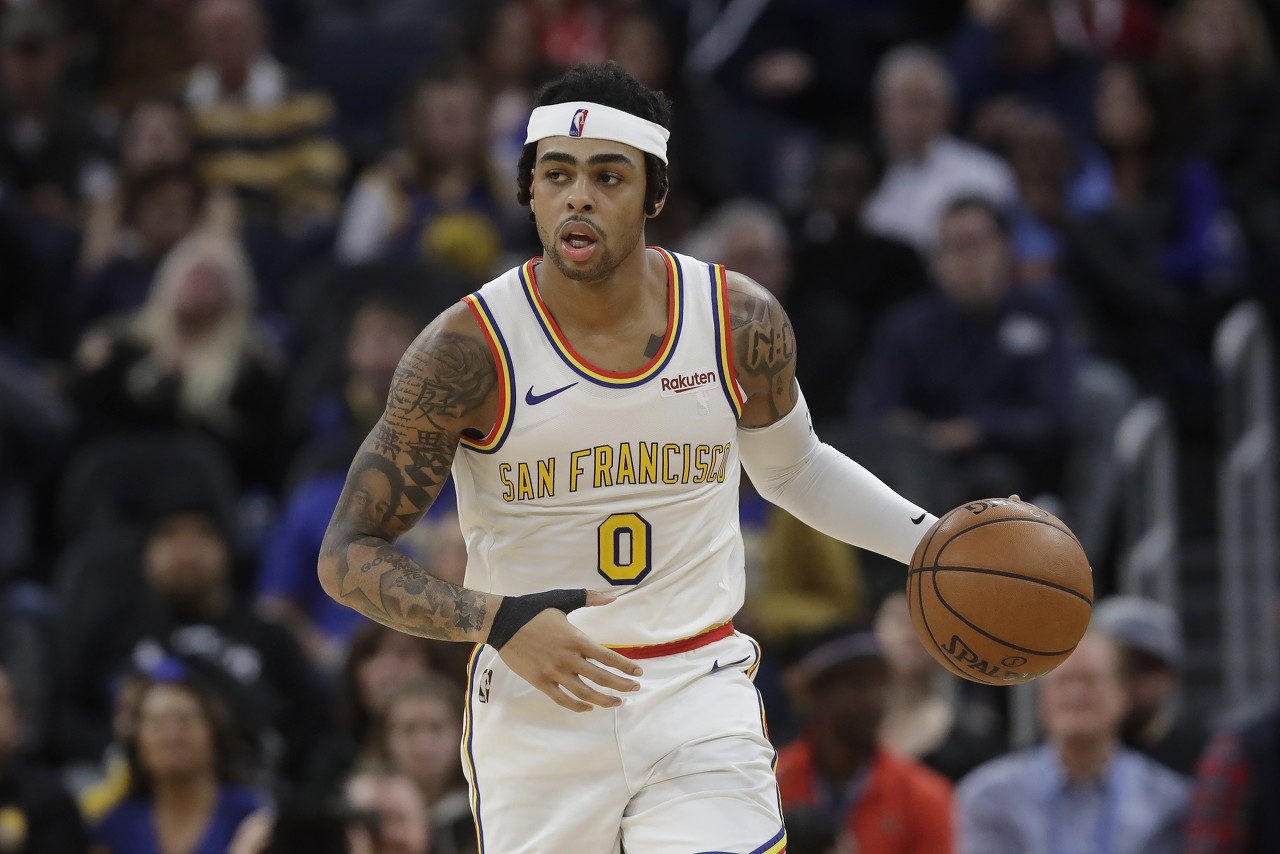
The Golden State Warriors inadvertently pioneered this concept in the "interval year" of the 2019-20 season. When Kevin Durant left the team to join Brooklyn, Klay Thompson tore the ACL in the finals of the previous season, and Stephen Curry broke his left hand early in the season, the Warriors Dynasty seemed to be about to collapse. However, their management used this temporary competitive gap to accumulate lotto signs, which eventually became James Wiseman and Jonathan Cumingga, and at the same time won Wiggins through the trade. By 2022, the Warriors won the championship trophy again.
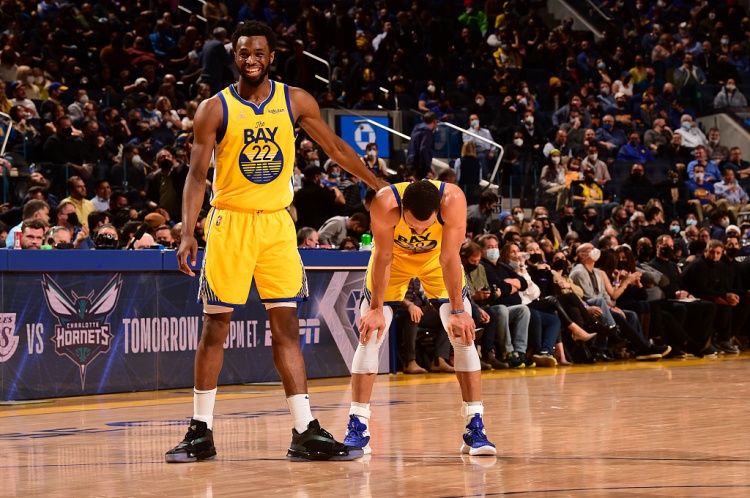
Now, let's imagine applying this strategy carefully to the Milwaukee Bucks and the Boston Celtics—with an unprecedented deal: trade Antetokounmpo to the Celtics in exchange for Jason Tatum—but this is not a permanent swap, but a season-long loan that Tatum will serve as a mortgage chip for his recovery from Achilles tendon surgery. The Celtics will compensate Milwaukee for draft assets for making this revolutionary deal.
As the 2025 offseason approaches, the Celtics and the Bucks find themselves at a very different key turning point. Boston has a supporting cast with championship strength, but suddenly lost their core forward who was selected for the NBA All-Squad for many years. The Bucks face the opposite dilemma - Antetokounmpo is increasingly isolated in an aging and highly paid roster, and Damian Lillard's Achilles tendon injury made the roster worse.
The two Eastern powerhouses may be able to solve each other's problems through an innovative deal. What makes this plan financially feasible is a surprising coincidence: Tatum will pay $54,126,450 next season, while Antetokounmpo will pay $54,126,380—the difference between the two is only $70.
This slight gap creates unique opportunities for the Celtics, which are limited to the second rich line. Boston can get Antetokounmpo without falling below the first tycoon line, thus retaining any free-player combination they choose, such as Jaylen Brown, Derek White, Ju Holiday, Horford, Porzingis and Prichard. The Celtics will then strategically drop below the second tyrant line in the 2026 offseason - something they have already planned - to facilitate Antetokounmpo's return to Milwaukee and get Tatum again.
Value Proposition
For Boston, the core issue has risen to the level of the team's survival: How much draft capital is worth in a season with Antetokounmpo? What level of compensation can be essentially helped them reshape the roster around the return superstars, rather than just trade him for a complete rebuild? For Antetokounmpo, is he willing to play for just one season for a rival team? Is he confident that when he returns, the Bucks' strength will be significantly improved? The Bucks will get valuable breathing space—draft assets from Boston, and their own lottery picks that may be obtained (the New Orleans Pelicans have draft swap rights)—and also know that their team cornerstone will eventually return. Boston can maintain their championship window in temporary difficulties, essentially in the event of a possible abandoned season, with a player with MVP level loan. Giannis was able to score a championship at his peak while fundamentally maintaining contact with the Bucks.
Unexpected precedent
Although this arrangement is full of uncertainty and unprecedented, the clever symmetry of this solution deserves serious consideration by all parties involved. In fact, a similar situation happened accidentally in 2010, when LeBron James left the Cleveland Cavaliers and signed with the Miami Heat. LeBron reached the Finals in all four seasons with the Heat, winning the championship twice. Meanwhile, the Cavaliers have accumulated three No. 1 picks and laid the foundation for themselves, so that when LeBron returns in 2014, they can reach the Finals in the next four seasons, and the supporting cast around him is much stronger than when he left in 2010.
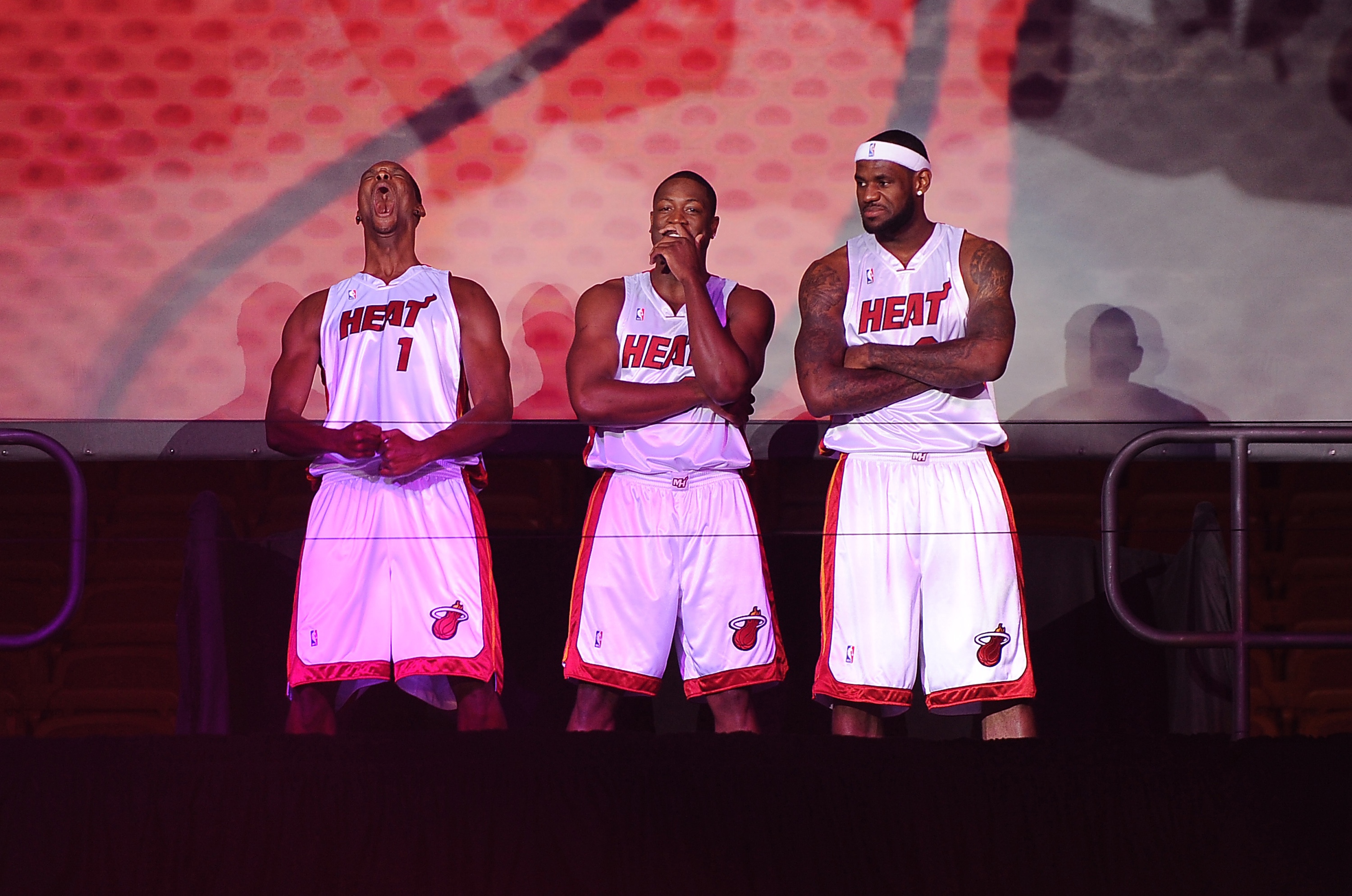
In July 2010, no party from LeBron to Dan Gilbert and Pat Riley would agree to such an arrangement, but it is undisputed that the final result is extremely beneficial to all parties.
Giannis's concept of loan, representing a potential paradigm shift, provides new ideas for how NBA teams can seek a delicate balance between current competitiveness and future flexibility - it allows a superstar to temporarily separate from his parent team to achieve long-term interests of both sides.
This specific idea involving Giannis, Milwaukee and Boston is very unlikely to be realized, but in the era of the second rich line, the timelines of each team are accelerating, which makes the possibility of similar situations in the future a reality that cannot be ignored.

